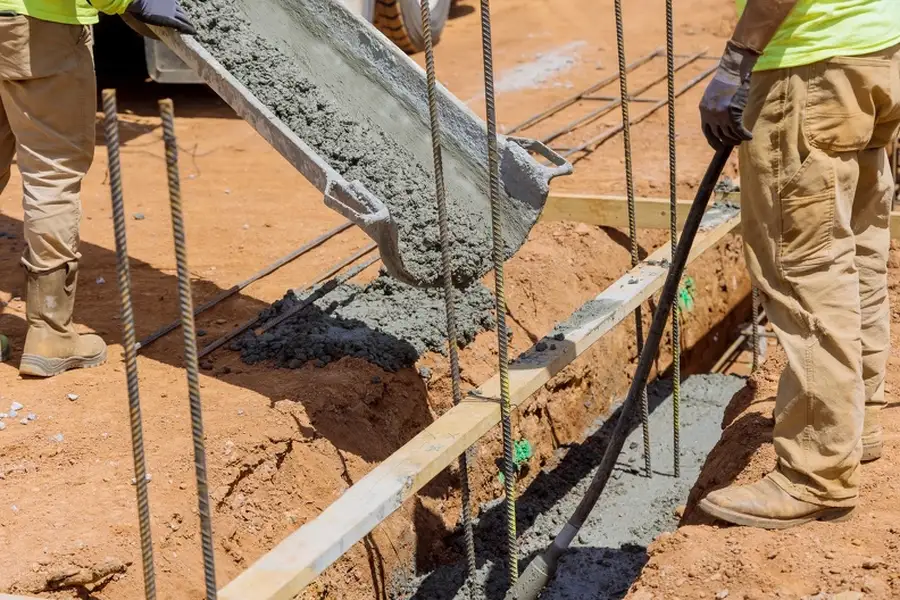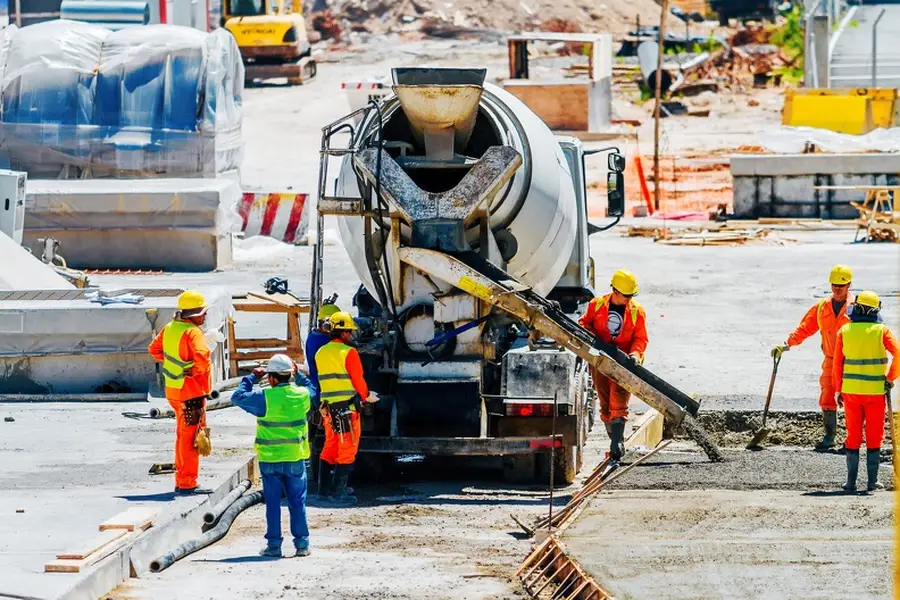Avoid Pitfalls for Successful Projects
Concrete is a fundamental material in construction due to its strength and durability. However, not all concrete projects are successful. Mistakes can lead to costly repairs or structural failures. Understanding these common errors helps ensure your project runs smoothly. This article will guide you through frequent mistakes in concrete work, offering insights to avoid them and achieve quality results.
Inadequate Planning and Design
One major mistake in concrete construction is poor planning and design. Before starting any project, thoroughly plan and design the structure. Consider factors like load requirements, environmental conditions, and expected use. If these elements are overlooked, the resulting structure may be weak or even unsafe. Detailed designs prevent unexpected issues during the construction phase.
Improper Mixing Ratios
Ensuring correct mixing ratios is crucial in concrete construction. The mix ratio of cement, water, and aggregates determines the strength and durability of the finished product. Using too much water can weaken the concrete, while insufficient cement can lead to brittle structures. Always follow the specified mix proportions for optimal results.
Poor Site Preparation
Site preparation significantly impacts the success of a concrete project. Failing to clear debris or level the ground can cause uneven settling and cracking over time. Proper site preparation includes removing loose soil, ensuring adequate drainage, and compacting the base. This creates a stable foundation for the concrete pour.
Ignoring Weather Conditions
Weather plays a crucial role in concrete curing. Extreme temperatures, humidity, or precipitation can affect the drying process. Pouring concrete during rain can introduce excess moisture, weakening the material. On hot days, rapid evaporation might lead to cracks. Always check weather forecasts and plan pours when conditions are favorable.
Lack of Curing Time
Curing is essential for developing full strength in concrete. Rushing this process is a common error that compromises durability. Allow sufficient curing time by following recommended guidelines based on temperature and humidity. This ensures the concrete reaches its maximum potential strength.
Not Using Reinforcement Properly
Reinforcement enhances concrete’s tensile strength but only if used correctly. Incorrect placement or inadequate reinforcement can lead to structural weaknesses. Ensure steel bars or fibers are positioned according to design specifications, maintaining appropriate spacing and coverage.
- Plan with detailed designs considering all factors.
- Use precise mixing ratios for consistency.
- Prepare sites meticulously before pouring.
- Monitor weather conditions carefully.
- Allow ample curing time for strength.
- Place reinforcement accurately as per design.
The Importance of Quality Control
Quality control checks should not be neglected in any building project involving concrete. Regular inspections at various stages ensure compliance with design specifications and standards. Testing samples during mixing and after curing confirms the integrity of the final product. These steps provide confidence that the completed structure meets all safety requirements.
Cost Implications of Errors
Mistakes in projects can lead to significant financial losses due to rework or structural failure repairs. Investing in proper planning, skilled workers, and quality materials saves money long-term by avoiding costly corrections later on. While it may increase initial costs, preventing errors from occurring can reduce overall expenses.
Taking Action With Expert Guidance
Your next concrete project deserves expert attention to avoid common pitfalls. Reach out to us at (302) 513-4498 for professional advice tailored to your needs. Based in Clayton, DE, our team provides exceptional services designed to ensure lasting success on every build. Trust Partners Concrete LLC for reliable solutions backed by industry expertise today!

